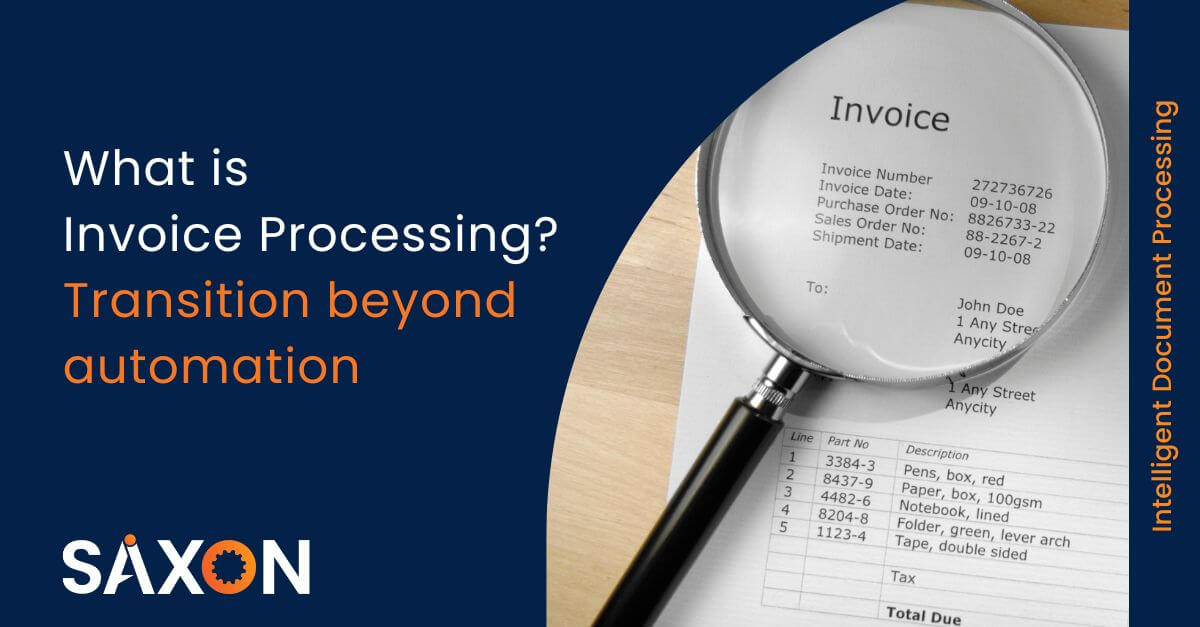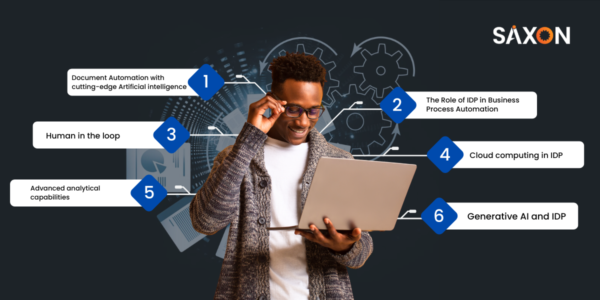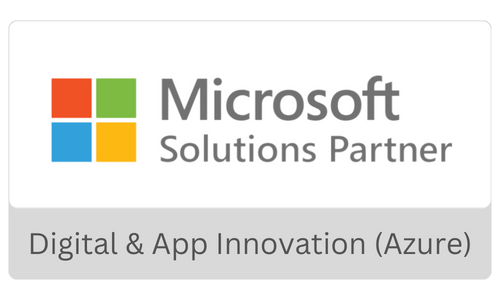In most organizations, invoice processing is part of the account’s payables team in the finance function. It is the most important process to organize the cash flow and manage the vendors and suppliers for timely product procurement. What is invoice processing and the steps involved in it? Let us look at a few more details about invoice processing and how automation helps.
What is Invoice Processing?
Usually, the conventional invoice processing involves the following steps.
- Assessing the invoice generated by the vendor
The accounts payables team receives the invoice for the ordered product/service through a purchase order. The team then registers the invoice in the general ledger with a unique code for further processing.
- Matching the invoice
Usually, the original PO details like the date of invoice, details of products ordered, quantity, delivery date, and any discounts need comparison with the organization’s data. In case, the product gets delivered, the delivery receipts must match. Usually, it is a three-way matching for most companies. And, the process finds answers to queries like:
Payment terms – Are they matching?
Discounts – anything applicable?
Invoice – Did you code to the relevant expense accounts?
Any issues that may withhold payment?
- Discrepancies check
In case the account payables team flags any discrepancies in invoices, the team contacts the vendor to resolve the errors. Once the vendor rectifies the errors and reissues the invoice, the AP team processes them after redoing the matching process.
- Authorization and Approvals
Usually, invoice processing requires verification at various levels and approvals from different stakeholders. Organizations define the number of approvals and verification terms depending on the vendor payment amount, payee organization size, and policies. It is a crucial stage in invoice processing, but at the same time, the invoice may lose track in a pool of emails and conversations.
- Payment Processing
Once the team completes the checks and approvals process, the AP, finance, or purchase department releases the payment depending on the payment conditions, and vendor negotiations. The payment can be of any mode – bank transaction, wire transfer, or online transaction depending on the conditions.
- Final Closure
Once the payment is done, the trail is closed, and the transaction is noted as complete. If you need any cross-verification or to check the status you need to audit the GL in the future.
The Typical Invoice through AP team
What do you think are the hiccups AP teams face every day? Let me outline a few conversations.
“Is it possible to review the invoice from the previous month before end of the day?”
“We need to verify a few details, Can you find the invoice that we processed 3 weeks ago?”
“The vendor always faces payment delays, why?”
“Did the VP review this invoice yet?”
So, organizations started automating their invoice processing. But still, 37% of organizations process them manually. What is invoice processing and the steps involved after automating a few workflows?
What is Invoice Processing after leveraging RPA tools?
If you try to use any RPA tools, you may encounter the following systems in Invoice Processing.
- Invoices from various sources – Usually, various sources are used to generate invoices – email, vendor portals, EDI, and paper-based. Consolidating all these to create a centralized repository for further processing is usually the first step to enable processing for Robotic process automation tools.
- Information extraction – Mostly organizations leverage OCR to extract information, but it is not common across the tools. RPA bots usually read the information from the invoice, sort them, and copy them to ERP systems.
- Matching the Invoices – Once the information is extracted, you can compare it across the other requisite documents by leveraging RPA bots. Usually, two-way or three-way checking, but the bots perform them efficiently compared to humans.
- Approvals and alerts – Once the team verifies the invoice at various levels, the approval process is automated. The RPA bot automatically sends alerts and triggers actions for relevant stakeholders to initiate further processing.
- entire transaction loop is completed.
If you look at the process closely, it is not mere Robotic process automation. You need to have a centralized data management system, cognitive abilities, and conversational abilities to execute the overall process. Though RPA bots perform these operations better than humans, we see a lag. Let us look at what invoice processing is without any perils.
Transformation Beyond Automation
As we could see the RPA tools evolving for invoice processing, also got in a few challenges for the AP team. Let us look at a few challenges with the existing invoice processing automation.
- Invoices from discrete sources – Usually vendors provide different documentation for invoices. They may not be consistent across the vendors. This variety makes it difficult to track the entities in the invoices and store them through a central repository. Furthermore, RPA tools automate the workflows, but they are not so efficient in dealing with different data formats.
- Multiple formats – How do you receive invoices? It is not an online form for most vendors. Organizations may receive paper-based invoices, e-mails, and mails for invoices. All these need to be consolidated in a unified way for further verification. RPA tools are better in the verification and notification aspects of invoice processing. Data processing, Data engineering, and management are usually done by other tools. It may not be an efficient way to resolve your invoice processing challenges.
- Prioritization and flexibility – Can an RPA tool identify the priority invoice from a pool of items? If you leverage AI to classify the invoice, you can understand the entities but not the priority or misleading information from the information. Without these, RPA tools may not offer complete flexibility in invoice processing. How can you fix this? A human in the loop to identify such issues will help organizations with the needed flexibility.
- Trust – Can you trust the output from RPA tools? A small error or mismatch might lead to huge penalties and losses for organizations. In such a sensitive process, you always need support to oversee the performance of the tools.
Though RPA tools reduce manual effort, there is still room for more sophisticated invoice processing. To process your invoice in hours, you may need a solution that augments your accounts payable team. We, at Saxon, offer you DigitalClerx, to reduce your invoice processing effort to hours instead of days. Moreover, you can try our Saxon AI pilot service now to gain confidence.
Follow us on LinkedIn and Medium to stay updated about the latest enterprise technology trends.
















